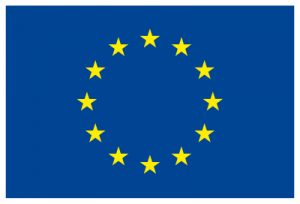EU context
Things that may be done with a work protected by copyright without the consent of the owner of the copyright. The Information Society Directive contains a closed list of exceptions and limitations that Member States may incorporate into their domestic laws. In relation to the right of reproduction these include: photographic reproductions on paper or any similar medium of work (excluding sheet music) provided that the rightholders receive fair compensation; reproductions on any medium made by a person for private use which is non-commercial, provided that the rightholders receive fair compensation; reproduction made by libraries, educational establishments, museums or archives, which are non-commercial archival reproductions of broadcasts, reproductions of broadcasts made by “social institutions pursuing non-commercial purposes, such as hospitals or prisons” provided that the rightholders receive fair compensation.
In relation to the rights of reproduction and communication to the public these include: illustration for teaching or scientific research, provided the source, including the author’s name, is acknowledged; uses for the benefit of people with a disability, current event reporting, provided the source, including the author’s name, is acknowledged; quotations for purposes such as criticism or review, provided the source, including the author’s name, is acknowledged; use necessary for the purposes of “public security” or to the proper performance or reporting of “administrative, parliamentary or judicial proceedings”; use of political speeches and extracts of public lectures or similar works, provided the source, including the author’s name, is acknowledged; use during religious celebrations or official celebrations “organised by a public authority”; use of works such as architecture or sculpture located permanently in public places; incidental inclusion of a work in other material; the advertising the public exhibition or sale of artistic works; caricature, parody or pastiche; for demonstration or repair of equipment; use of an artistic work, drawing or plan of a building for the purposes of reconstruction, for non-commercial research or private study.
An emerging ‘European’ understanding of some of the exceptions and limitations is developing through case law emanating from the European Court of Justice.

